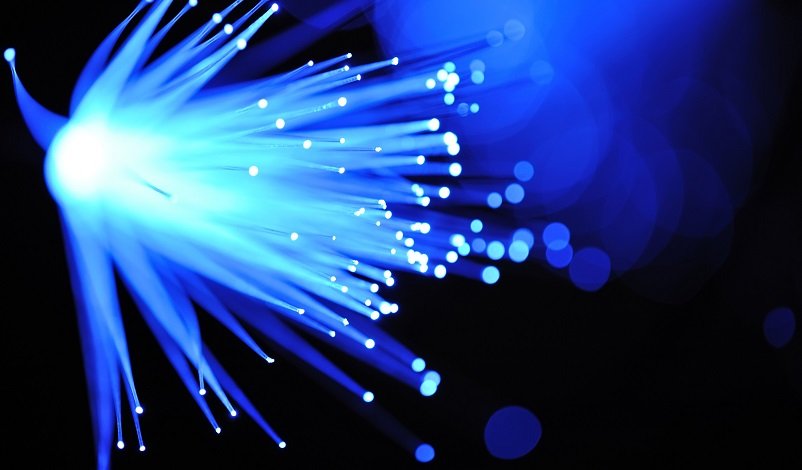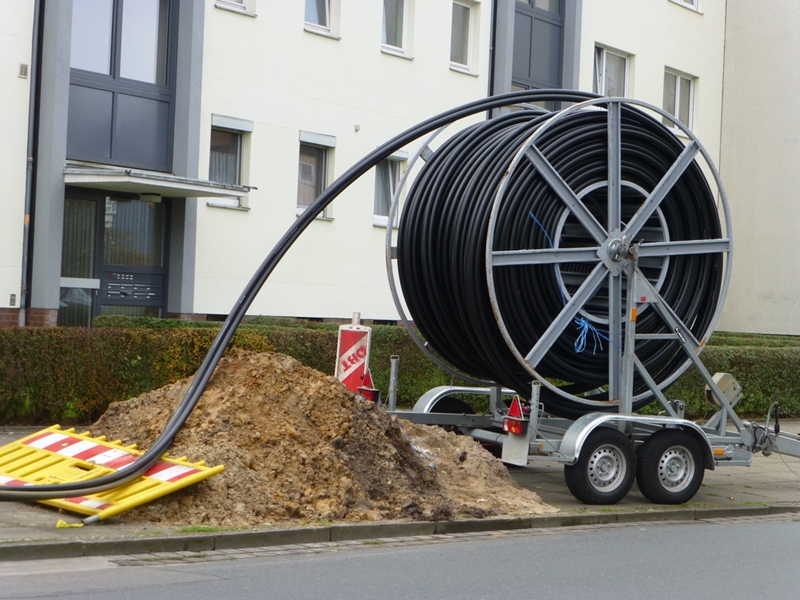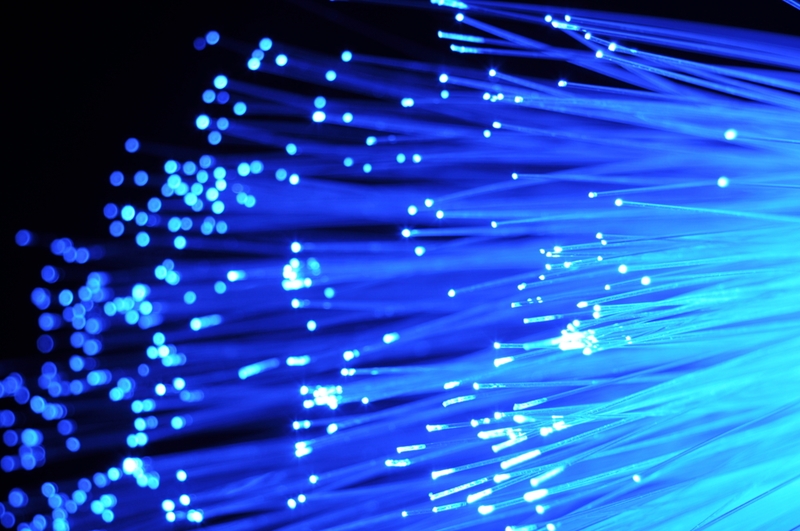
Fibre or copper: What’s the right choice for your business?
There are many ways to connect to a fibre network. What are they, and why is fibre a winning choice when it comes to business networks?
FTTP, FTTN or FTTB? Those acronyms underlie the connection types that will make up Australia’s growing fibre network, and understanding them can help you make the best choices when it comes to getting a supercharged network connection via fibre for your business.
At the heart of this distinction is the way your business is wired into the network – either through new fibre optic cables or the existing copper cable infrastructure. With so many ways to be connected, it’s important to have a firm understanding of what copper and fibre are, how they work, and what impact they can have on your business.
The existence of different connection types is closely linked to the evolution of the National Broadband Network (NBN) over the course of several governments. Let’s take a look at how the NBN has taken shape and what all this means for your business network needs.
How your connection works
The secret to understanding how fibre works is in deciphering acronyms – a popular tool for describing connection types.
An FTTP network connection delivers the full benefits of fibre optic cables.
Most fibre-related acronyms start with the same three letters – FTT_, or fibre to the _____. This tells us how much of the network connection is made up of fibre cable. The last letter tells us at which point, if any, the connection switches to copper. These include:
- FTTP: fibre to the premises (also called FTTH: fibre to the house). This uses fibre optic cables for the whole connection.
- FTTN: fibre to the node. This brings fibre to a central area, such as a housing estate or a business park. From there, copper wires connect the node to individual clients.
- FTTB: fibre to the basement. This is more common in built-up areas like central business districts. Fibre connections run into a multistorey building, and existing wiring delivers it to different suites, apartments and offices.
Because each of these connection types still carries signals over fibre cables for most of the journey, they see the benefits that come with a fibre network connection.
Evolution of the NBN
The NBN is one of Australia’s largest engineering undertakings, and it is set to benefit internet users across the country – regardless of whether they end up connected at the premises or node. The work being done in laying out fibre cable is creating a massive footprint that will still deliver network connectivity at blazing speeds.

When planning and work on the NBN commenced under the leadership of the Labour Party’s Rudd government, the goal was to connect the vast majority of Australians with FTTP. However, in the run up to the 2013 election, the Liberal-National coalition argued that a network-wide goal of FTTP would be too lengthy and costly; a mixed approach that combined FTTP, FTTN, FTTB and other existing infrastructure would be a more feasible option.
With the Turnbull government coming into power, this was the chosen path forward – one designed to expedite the rollout while minimising the infrastructure costs. This strategy, while falling short of the system-wide FTTP goal, still capitalises on the advantages of fibre for an Australia-wide network.
Why is fibre the winning choice in cable?
The benefits of fibre come mostly from the wires themselves. While copper cables send data as electrical signals, fibre optic cables send it as light signals. These pulses travel at incredible speeds through thin, hollow strands to their destination.

Thanks to this transmission method, fibre offers two key advantages over copper:
- Speed and capacity
Anything that uses light is going to be incredibly fast, and fibre connections are no exception. While some newer copper cables can transmit data at speeds of approximately 1 gigabit per second, fibre offers significantly faster speeds from 10 to 100 gigabits per second – a clear winner.
- Signal integrity
Have you ever been on a video call where the picture froze constantly? Then you’ve been the victim of attenuation – where data signals get weaker as they travel through cables. Signals running over copper tend to lose strength over 100 metres of cable, but fibre can carry a signal over 2,000 metres.
Making the right choice for your business
When it comes to fibre through the NBN, users have no real decision-making power in terms of getting an FTTP, FTTN or FTTB connection; that depends on the infrastructure in place in your area.
The NBN will be the most affordable and effective solution for many businesses.
However, just because your organisation can’t choose which type of fibre connection you get through the NBN, you will still experience superior network performance compared to the old, fully copper infrastructure. In fact, for many smaller businesses, an FTTN or FTTB connection will be more than sufficient to meet the internet needs of branch office locations and retail sites. Compared to other fibre options, the NBN will be a more affordable solution.
However, consumer-grade NBN services are not suitable for running business critical applications, voice or video. Consumer-grade NBN is a “best effort”, asymmetric service (higher download speeds and much lower upload speeds) and does not guarantee contention ratios (i.e. it is a shared connection). The NBN currently does not offer Service Level Agreements (SLA).
When scalability and reliability are paramount, there are many business-grade fibre-based products available that deliver the ultimate experience in data transfer. Business-grade fibre provides consistent and reliable symmetrical connectivity with high-capacity and high-speeds from 4Mbps to 1Gbps to power your business-critical applications. Contention ratios are guaranteed with business-grade SLAs.
To learn more about your current options, and what is in store for the NBN in the years to come, get in touch with Telarus today.



